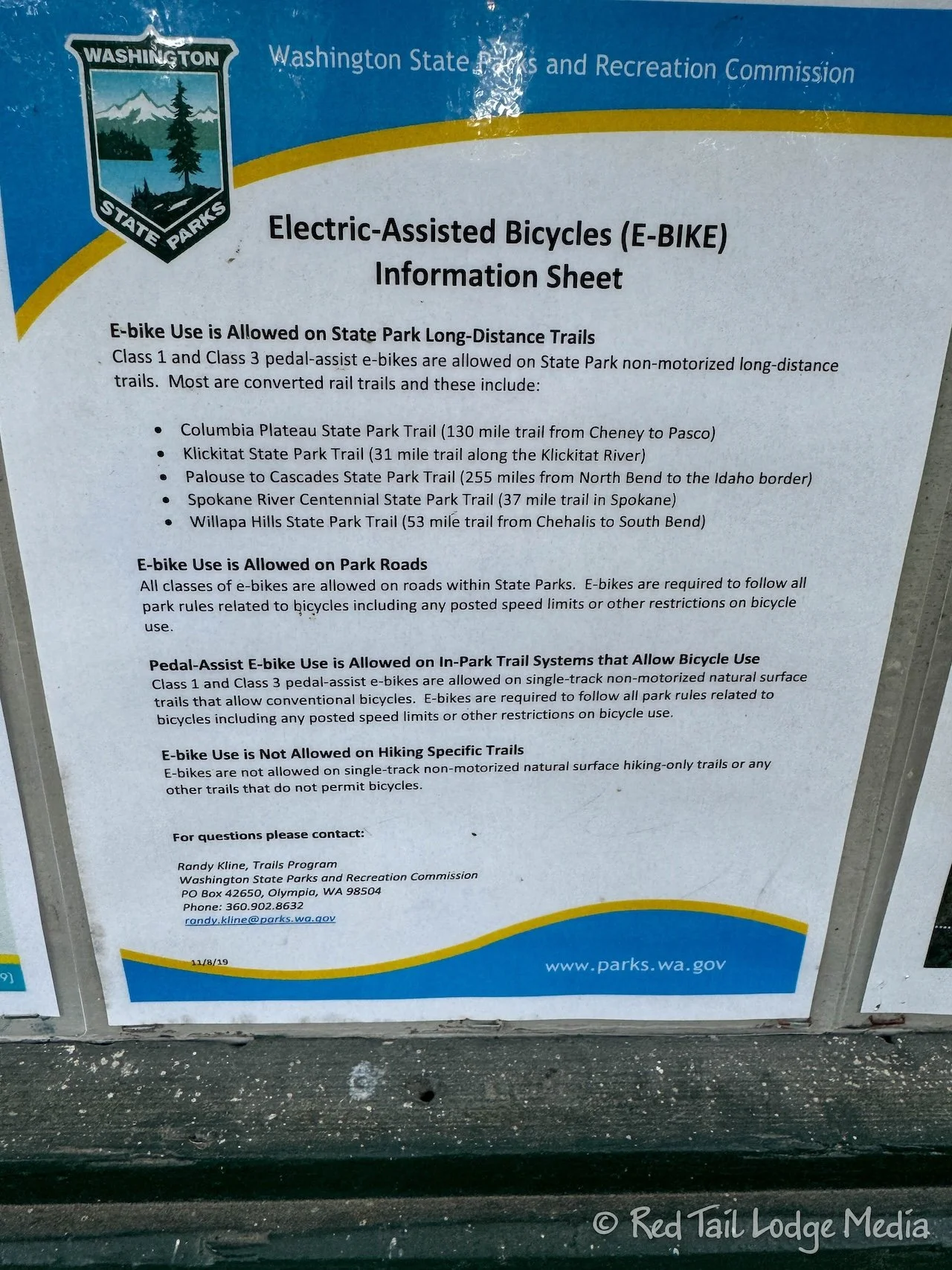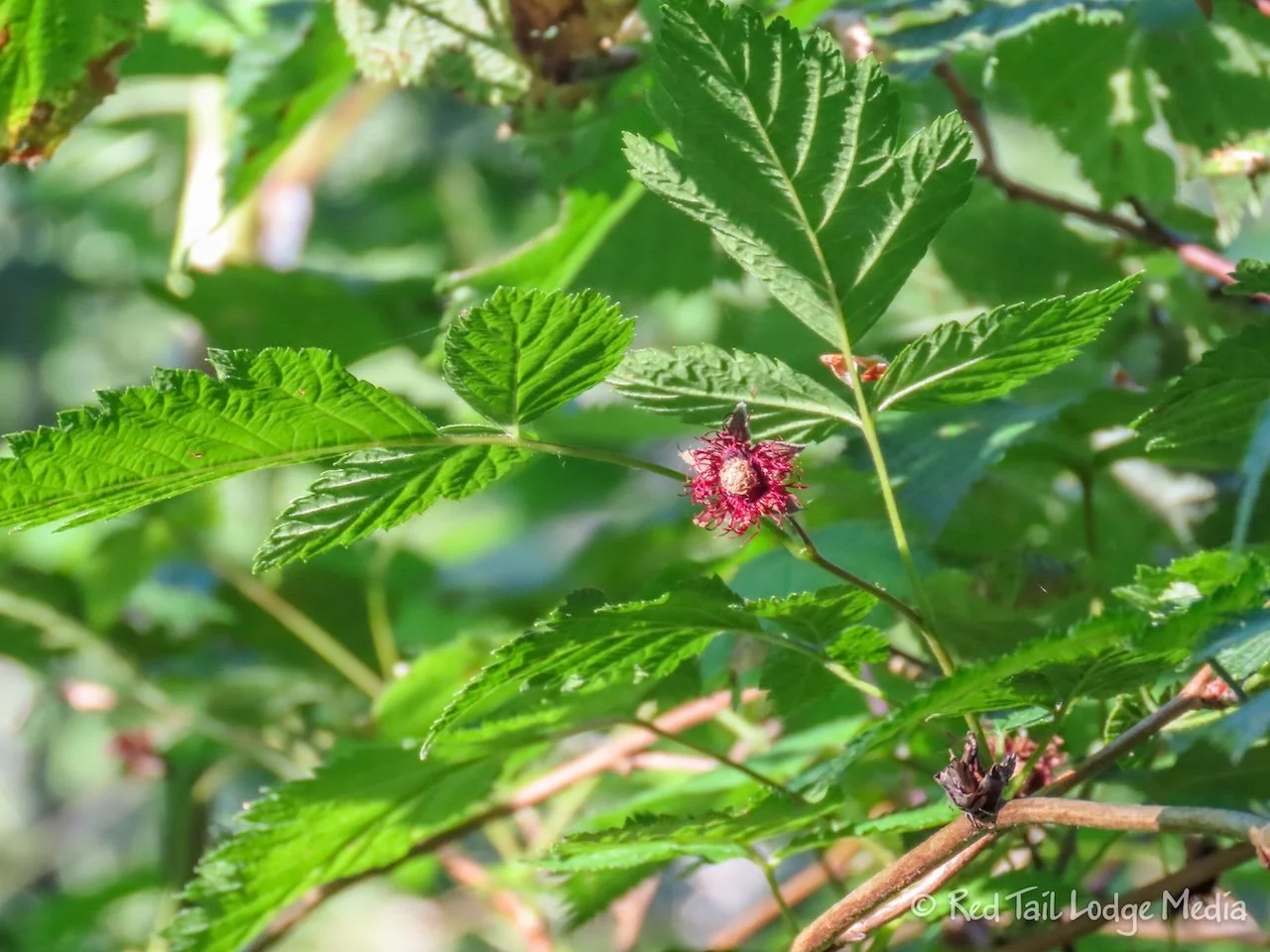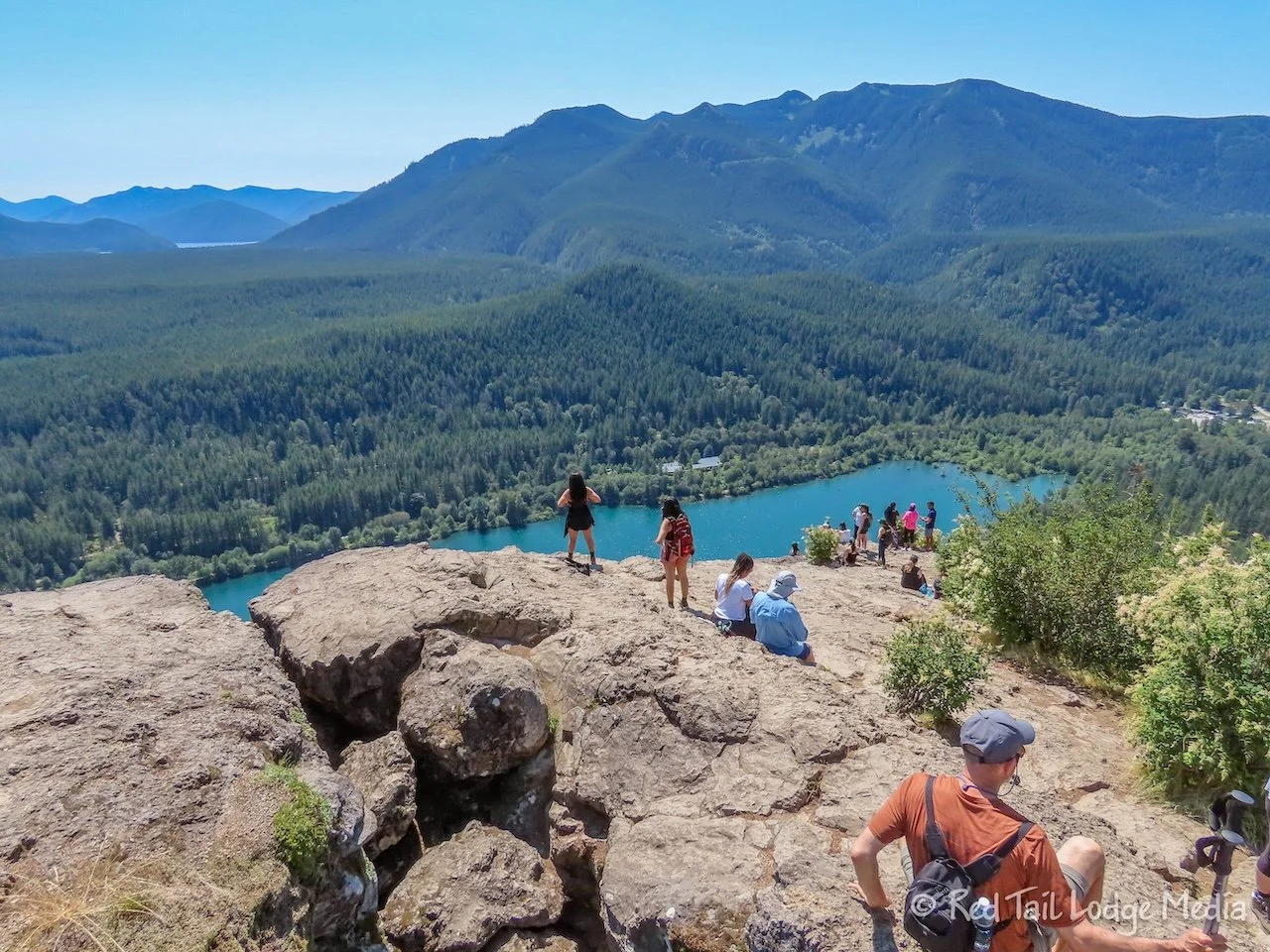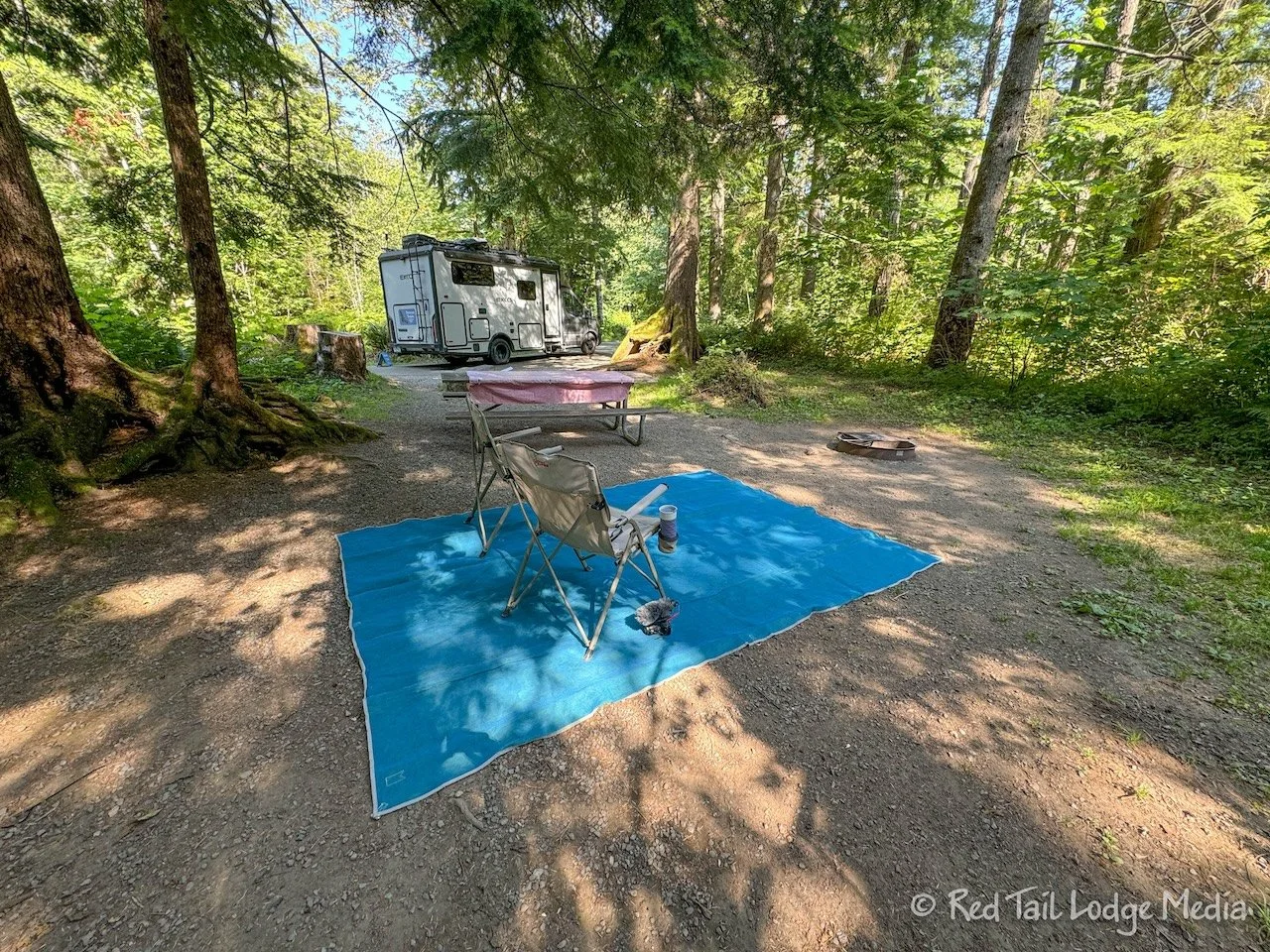Kinaskat-Palmer State Park, Washington - July 10th to 13th, 2024
Kinaskat-Palmer State Park is a small park, but it looked like a popular place for families in the Seattle area to come camp. It is located in a pleasant, wooded area with several attractions within an hour’s drive away. We used it as a base to explore the Snoqualmie area, which we’ll cover in our next blog post.
Wednesday was a short travel day from Cougar Rock Campground in Mount Rainier National Park to Kinaskat-Palmer State Park, also in Washington. We took care of chores along the way. In Ashford, we stopped for gas because our tank was pretty low. In Buckley, we ate lunch while we washed our clothes at a laundromat. At a Safeway in Enumclaw, we shopped for groceries and topped off our gas.
Mount Rainier came into view a few times during the drive. Otherwise, it was a pretty uneventful drive. When we arrived at the campground, we dumped and filled our tanks. They didn’t charge people who were staying at the campground for the dump station. There was a fee station so that others could stop and use the dump station.
After dinner, Ann explored the River Trail which circled most of the park. The trail followed alongside the Green River most of the time, as the river makes a wide bend which encloses the park on three sides. There were a few nice views of the river from the trail. The park map showed the class ratings of several rapids along the river, but Ann didn’t see any kayakers or rafters in the river. There were a couple of people fly fishing and a few others swimming.
On the information board near the bathrooms, the e-bike policy for Washington State Parks was posted. It confused us because it stated that “Class 1 and Class 3 pedal-assist e-bikes” are allowed on non-motorized state park trails that allow bikes, including long-distance rail trails. First this confused us, because we thought that Class 3 may have a throttle, just like a Class 2, and all three classes of e-bikes are pedal-assist. The throttle is in addition to pedal assist, not instead of. However, after a little researching, it turns out that the Class 3 classification varies from state to state. In the state of Washington, Class 3 e-bikes are not allowed to have a throttle. We don’t know what happens when you bring a Class 3 e-bike with a throttle into the state. Are you allowed to ride it at all? Class 1 e-bikes don’t have throttles and the power turns off above 20 mph. Class 2 is same as a Class 1, except it adds a throttle. Class 3 e-bikes allow power up to 28 mph and some states require a speedometer.
But then we were confused why throttles were not allowed. All e-bikes have electric motors that are limited to 750 Watts. Pedal assist just means the motor only applies power to the wheels while the pedals are turning. A throttle overrides the pedal assist setting and sends power to the wheels whether or not the pedals are turning. The maximum amount of power sent to the wheels from the electric motor is the same, whether it turns on due to the pedals rotating or the throttle rotating. In fact, more power can be sent to the wheels during pedal assist, because the rider is adding human power as they put pressure on the pedals.
We have a Class 2 e-bike which has a throttle. The throttle was not a feature we were looking for when we chose our bikes, it just happened to be the one with all of the other features we were looking for. Now that we have a bike with a throttle, we have discovered there are a few occasions where it is quite useful. Usually it is when we need a quick boost when starting up, like on a steep incline, crossing a busy road, or we forgot to downshift before stopping. When we rode our bikes to Winlock from Lewis & Clark State Park, we had to make a sharp turn onto a steep road. The angle of the turn was so sharp, that we had to come to a complete stop to make the turn. Then the road was so steep, we couldn’t start up, even with pedal assist cranked to the max, without hitting the throttle to get going. If we had been on our hybrid bikes (or a Class 1 e-bike), we would have been walking our bikes up that hill for about half a mile or so until it leveled out enough to start riding.
So now that we spent over a thousand dollars on an e-bike, we can’t ride it on a rail trail in Washington? Even if we never use the throttle? But a Class 3, which has a higher assisted speed is? It is rather frustrating, especially since we don’t understand the reasoning behind the rule.
Thursday we drove over to Snoqualmie Falls. We’ll cover that in our next blog post.
Friday we drove over to Rattlesnake Lake Recreation Area and then checked out the town of Snoqualmie. Again, we’ll cover those in our next blog post.
Keith’s shoulder was still bothering him on Saturday, so we just hung out at camp all day. It was a perfect opportunity to catch up on cleaning chores. In addition to taking showers to get our bodies clean, we cleaned the bathroom along with sweeping and mopping the floor of the living space. It felt good to have everything spotless.
For exercise, Ann walked the River Trail again by herself. She stopped and chatted with a couple. They saw the Denali shirt she was wearing and asked about Alaska, as they were planning a trip. We had a lovely conversation.
Although Kinaskat-Palmer State Park is not far from the densely populated areas of Tacoma and Seattle, the park feels like it is pretty remote. We enjoyed relaxing in the park between touring more crowded areas.
Check out our related video: Kinaskat-Palmer State Park, Washington
(Ann)













